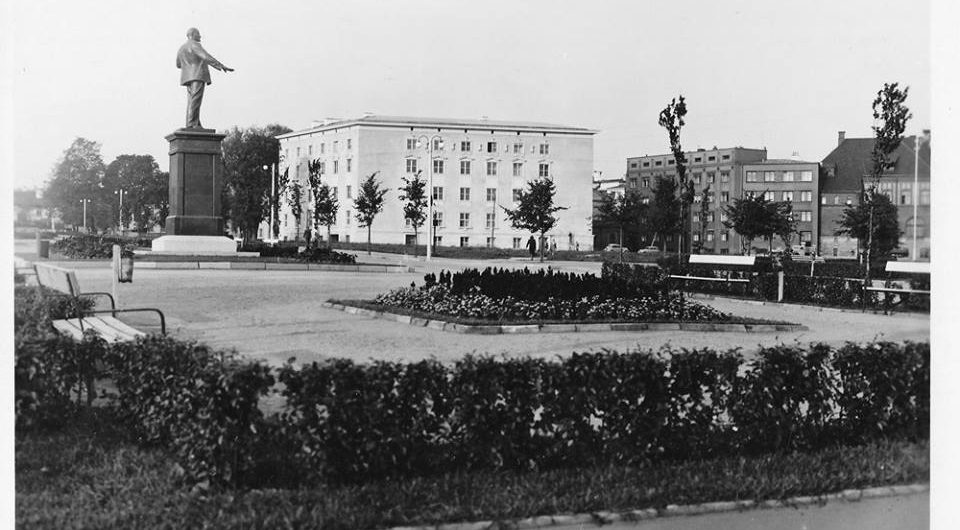Estonia takes great pride from how much the country has progressed since the end of the Soviet occupation in 1991. The years under the Soviet regime are seen as one of the darkest times in our history. As the locals are moving on and replacing concrete buildings and old factories with new Estonian architecture, we also realise how unique some of the places left here by the Soviets are. It is easy to find modern houses in most of the capitals in the world, but how about old offices of the Soviet secret service, prisons where people were sent to gulags or monuments that kept the vision of the power of communism? Here is a guide to nine sights in an area near Tallinn that tells the story of Soviet Estonia. We have also included tours that take you to these places so that your tour guide can tell you more.
The history of the Soviet Union is a long topic and cannot be covered in a single blog post. We therefore recommend joining the Secrets of Soviet Tour in Tallinn and visit the most significant places together with a local tour guide. To visit many of the sights mentioned in this blog, as well as all the most important places in Tallinn including the Old Town, book the 8-hour Tallinn Top Attractions Tour. If you want to get out of the city then combine historical sites with nature on the Rummu Submerged Quarry and Coastal Cliffs tour or learn about the Soviet fish industry during the Day Trip to Prangli Island.
1. Rummu quarry
It is not only the casual visitors in Tallinn who have been attracted by the surreal look of Rummu quarry. This place has also been used as a film set by foreign artists, which you can read more about in our blog post about famous places in Estonia. It is also a secret beach loved by the locals thanks to the sandy shores and clear blue water of the lake. The mine has a fascinating but grim history which you can learn more about on the Half-Day Tour to Rummu Submerged Quarry and Coastal Cliffs. In short, the quarry was used for extracting limestone and in 1938, a prison was opened next to the mine where the prisoners were subsequently used for hard labour. The inmates in Rummu were the ones who had committed the toughest crimes. This was shown through the fact that the most ruthless prisoners were in power here and not the prison guards.
When visiting the quarry, you can climb up the 70-metre-tall hill which contrasts the surrounding flat landscape and allows you to see further than you expect. Look over the clear blue lake, formed of freshwater once the mine was abandoned, and see the brick buildings from the prison which date to 1960-1980’s. If you look the other way, you could see the sea on a clear day. The quarry is surrounded by a fence and for most of the year you need special permission to enter. That is why it is much easier to visit the place with a local tour guide.
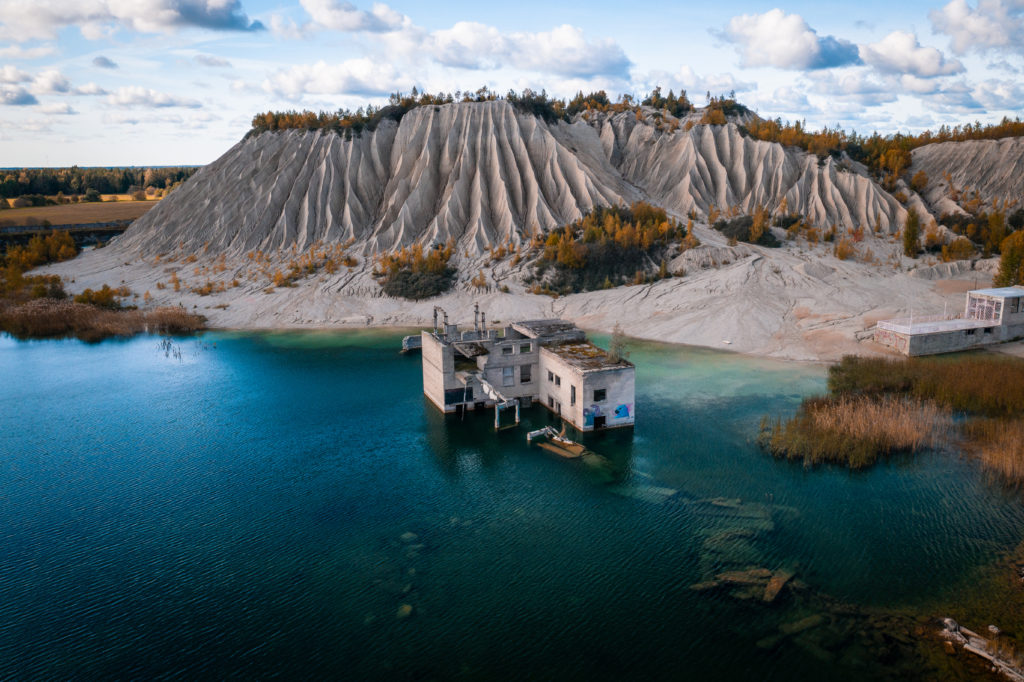
2. Tallinn TV Tower
When the preparations for the 1980 Soviet Olympic Games started, there was a major problem with the sailing regatta. Although the sailing competition was first supposed to be held in St Petersburg, the bay there was too shallow. The regatta was moved to Tallinn and the city had to be renovated to impress the West. Tallinn Old Town was therefore renovated, along with a new hotel called Olympia which was built together with a seaside concert hall Linnahall (see below), followed by the creation of Pirita TOP sailing centre and an ambitions TV Tower. By 20th July 1980 when the sailing regatta started, the TV tower was announced to be open. Due to lack of building material however, many things were still unfinished, like the toilets. You can learn more about the Soviet history and the Olympic Games on the Secrets of Soviet Tour in Tallinn.
Ten years later, Estonia was pushing for its independence. On 21st August 1991 Soviet military troops started an attack on Tallinn to take over several important sights, including the TV Tower. Although they thought they had the control over the tower, they did not know about four Estonians who had hidden themselves on the 22nd floor. These four men made sure that Estonia had connection with the outside world and even gave an interview for an Estonian radio while hiding. When the Soviet soldiers found out about the hiding men, they threatened to break in. To find out if and how these men managed to escape, join the full day Tallinn Top Attractions Tour and find out!
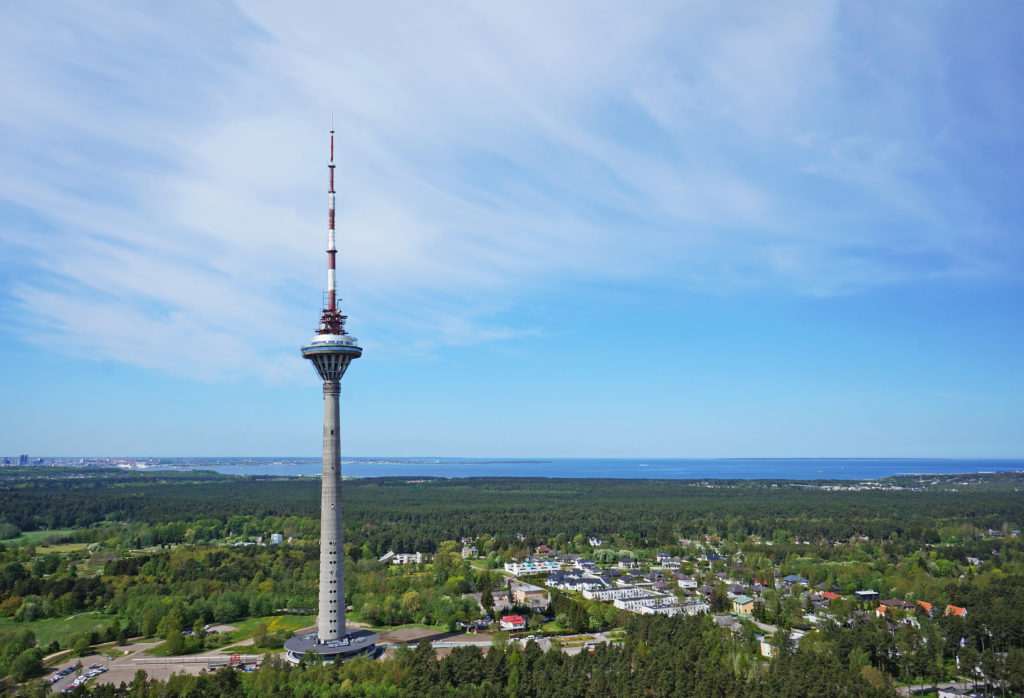
3. Kirov Collective Farm
Estonia has 3793 kilometres of seaside and in Medieval times, the coastal villages developed their own customs and culture. With the start of the Soviet occupation, the coastal areas were turned into a fenced military zone and the access to the sea was not permitted for the locals. The reason was to prevent people from escaping and cut off secret trade. This was the end of traditional fishing in Estonia and most of the coastal villages became empty. About half of the families from the coastal areas are believed to have escaped Estonia. Most of them never returned and established Estonian diasporas in Canada, Sweden, Australia and other countries. Over the past two decades, people have moved back to these old settlement and you can visit many of the seaside settlements on the Day Trip to Lahemaa National Park.
The Soviet government reorganised the fishing industry into collective fishing farms. In 1950’s, a large Kirov Collective Farm was established in 1950, when four smaller fishermen’s artels were joined together. The early years were difficult due to the high expectations set by the Soviet planned economy. Eventually, thanks to improved fishing techniques and the development of fish processing, the success grew. The Kirov farm became gigantic and the fishing yields and profits were high. You can visit the farms’ old building during the Day Trip to Prangli Island or Kirov’s room in Viimsi Open Air Museum during Tallinn Top Attractions Tour and hear more local stories about Kirov times. The locals said that the production in Kirov was so efficient, that nothing but the smell of fish remained in Kirov farm.
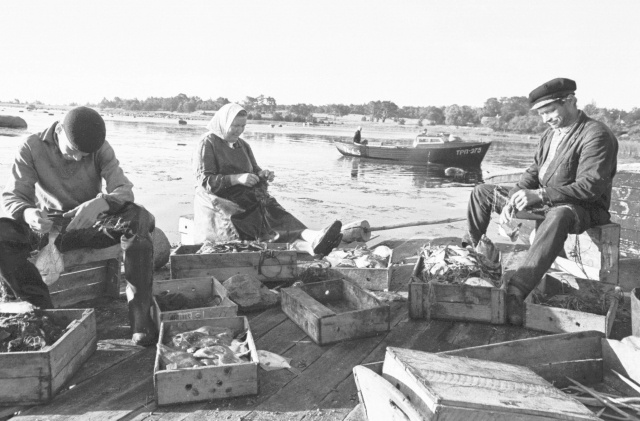
4. Patarei prison and KGB cells
The fort which is now known as Patarei prison in Tallinn was already built in 1840 as a defence structure for Czarist Russia. However, once it was ready, it appeared that the rooms and air inside the fort was always moist due to the underground water streams and bad building quality. Throughout the time the Russian military was using the building, the conditions inside were far from ideal.
In the 1920’s, Estonia started to use some parts of the fort as a prison with a capacity of slightly over 1000 inmates. During the Soviet occupation, many important Estonian military officials and politicians were kept in Patarei prison before their execution or sentence to a Gulag. Although the documentation about the inmates is messy or partially destroyed, it is known that the actual capacity of the prison was exceeded, forcing people to sleep on cold, wet floors. Explaining the significance of the prison together with the KGB cells in Tallinn Old Town is not possible with a single blog post. We therefore recommend you to visit the Patarei prison during the Secrets of Soviet Tour in Tallinn to get a real feeling of what it was like. However, you should do so quickly because most of the prison will be changed completely as part of real-estate development.
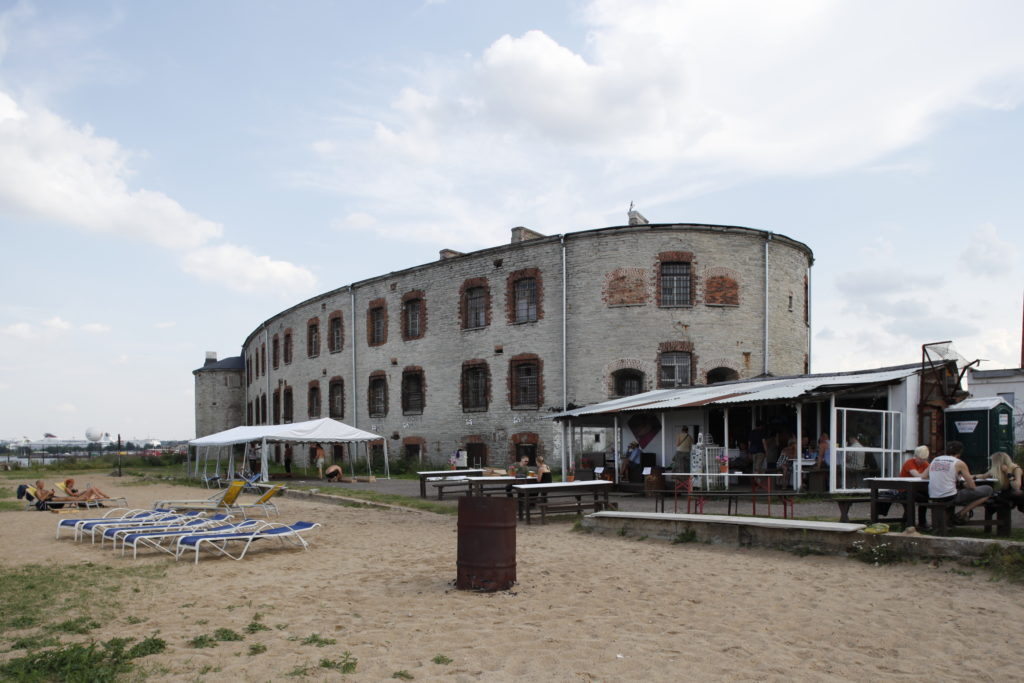
5. Soviet air defence and nuclear weapons in Viimsi
In 1959-1968 there was a zenith missile battery unit S-75 near Viimsi for a high-altitude air defence system. The battalion had six missile launchers, which were in a distinctive hexagonal flower pattern. If you visit the battery during the Secrets of Soviet Tour, you can still trace where the missiles were stored. You can also see a hangar that was used for keeping a nuclear warhead. Once the Soviet army left Estonia in 1991, the nuclear weapons were deployed to Russia, Ukraine, Belarus and Kazakhstan. Later, the four nations signed the Lisbon Protocol and the three states gave the nuclear weapons to Russia.
It is not known exactly how many Soviet troops were in Estonia, but it is estimated that in 1944, about half a million Soviet soldiers might have been present in Estonia. This is about half the size of the current total population of Estonia. This, together with the missile batteries built here, shows the importance of Estonia for the Soviet Union as a strategic location between Europe and some of its own major cities.
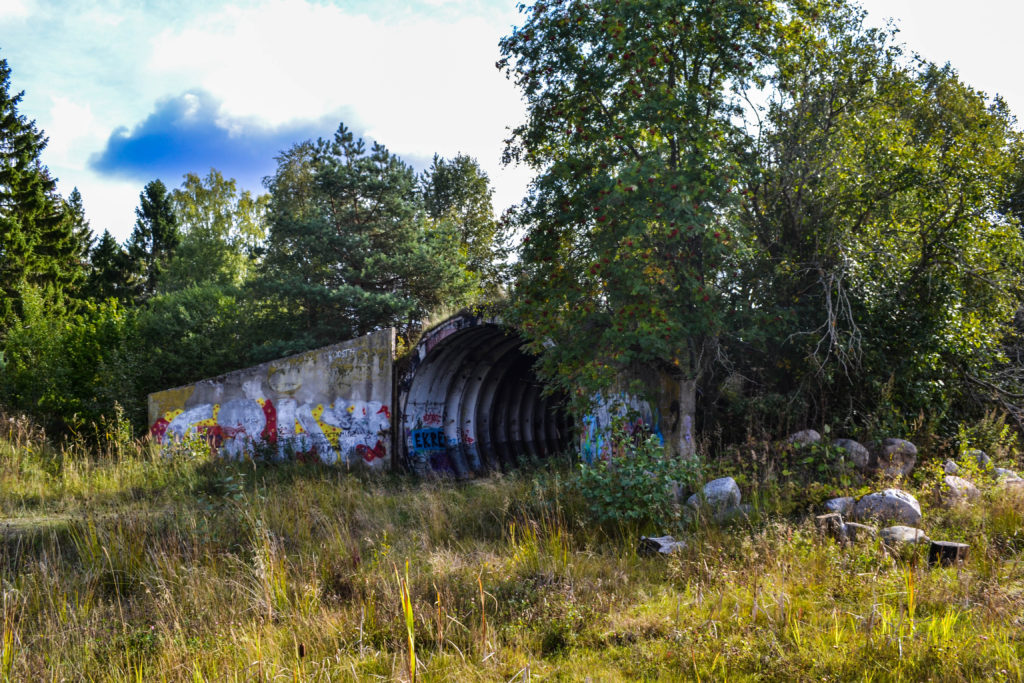
6. Linnahall
Linnahall was built for the opening ceremony of the sailing regatta of the 1980 Olympic Games, just like the Tallinn TV tower. Since the games ended, Tallinn has still not decided what to do with the building. First, after Estonian independence, the building was used occasionally for theatre and musical performances and there was also an ice rink inside. However, over the past ten years the building has mostly been standing empty and the city has been planning to demolish it. However, it is clear that there is a lot of architectural value to it and it has been featured in a few globally known music videos and movies – read more in our blog here. One thing has become clear- the building will remain, and the construction works for renovating it will start soon. If you want to see the building in its original Soviet glory, book a Secrets of Soviet Tour in Tallinn and visit it together along with many other sites mentioned in this blog.
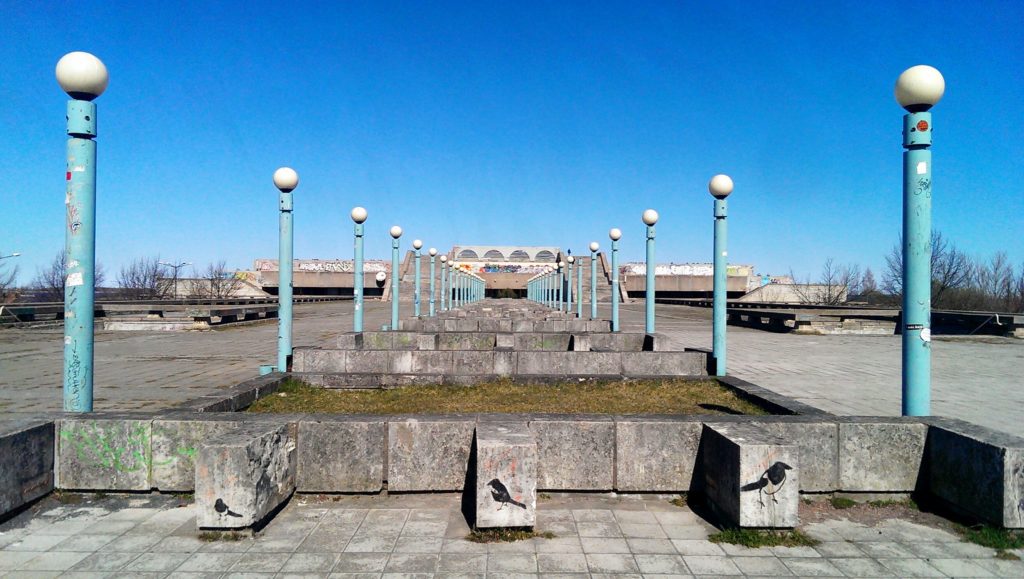
7. Maarjamäe memorials
Maarjamäe is on the way from central Tallinn to Pirita and very close to the Song Festival Grounds. There are actually two memorials close to one another, one built by the Soviets and another built just a few years ago and you can visit both during the Secrets of Soviet Tour in Tallinn. The first thing that stands out is a 35-metre tall obelisk which commemorates the Ice Cruise of the Baltic Fleet in 1918. There are several other massive concrete sculptures around the obelisk, such as two hands carved into concrete that were supposed to guard a flame of eternal fire. Locals, however, mostly admire the view from the monument to the sea as it is a great place for watching sunsets.
There is a good reason why Estonians fought however they could against the Soviet occupation. Already during the first occupation in 1939-1941, the Soviet military carried out its first mass deportation to Siberia. The first deportation happened on 14th June 1941 when 10 000 Estonians were deported. After the brief occupation by Nazi Germany 1941-1944, the Soviets returned and the deportations continued. All together it is known that over 30 000 people were deported from Estonia and 90 000 people together from all Baltic states during the Soviet occupation. In order for these people to not just sound like numbers, a memorial was opened in 2018, where the names of every person that we know was a victim of communism are written.
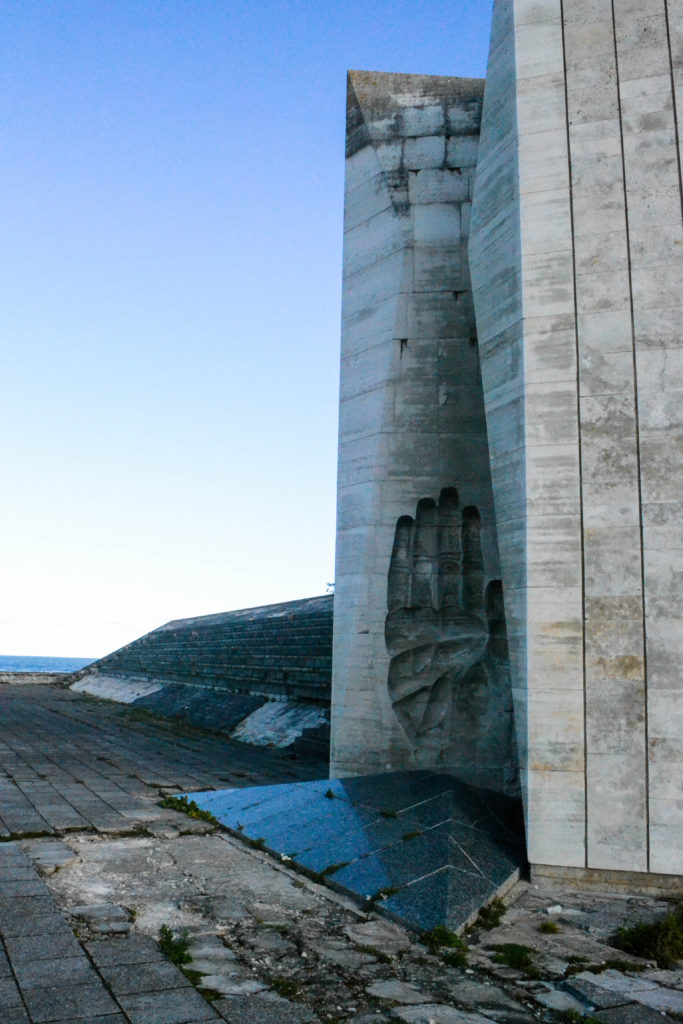
8. Suurupi naval fortress
Peter the Great’s Naval Fortress was built during WWI. At that time, Estonia and Finland were part of Czarist Russia. Defence structures for protecting St. Petersburg were built on both the Estonian and Finnish coast. One of those fortresses was built near Suurupi, about 25 kilometres west from Tallinn. Two artillery batteries were built here, which had four cannons, concrete bunkers and metal rails to transport the heavy equipment to the seaside if necessary. Although the base used to have a view to the sea, after it was abandoned, the forest grew around it. Nowadays, the trails leading to the old ruins follow the beautiful coastline before going through a leafy forest. The base is left as it is, so whoever is curious can walk through the underground bunkers. You can explore the base on the 5-hour Rummu Submerged Quarry and Coastal Cliffs Tour and let your tour guide tell you more.
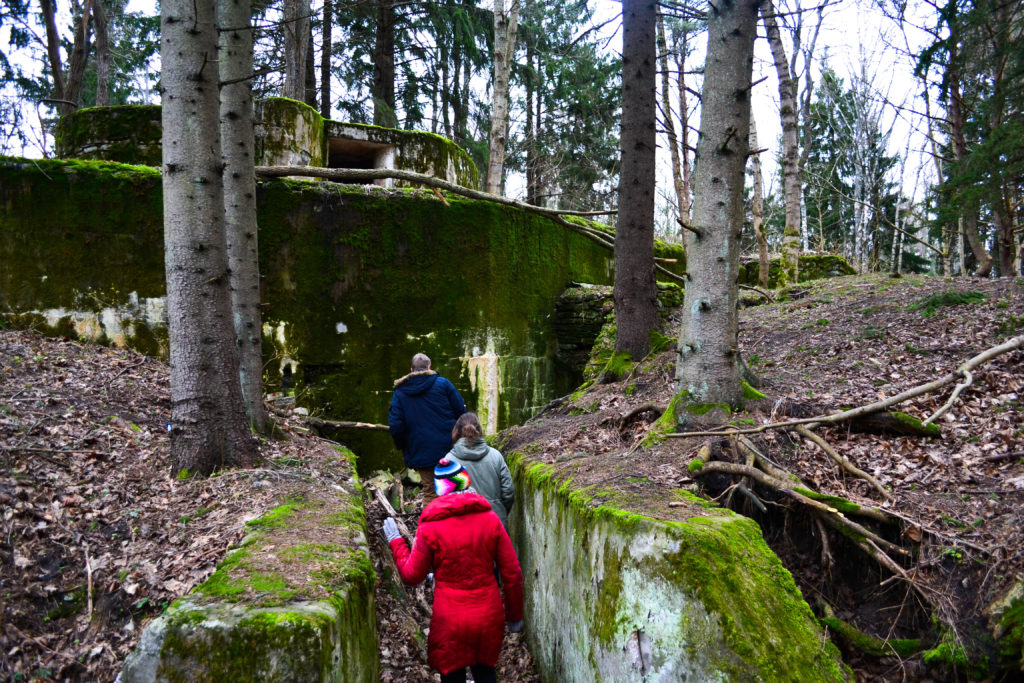
9. Viru hotel
When exiting the Old Town through the Viru Gates and passing the endless stalls covered with flower buckets for sale, you can easily see the tall building of the Viru Hotel. Although a seemingly normal building, getting to know the history of Viru Hotel during Soviet times is perhaps the best combination of entertainment and historic education. If you don’t want spoilers, book the Secrets of Soviet Tour in Tallinn and wait until the tour guide tells you, or visit the hotel after your Old Town Walking Tour.
For most of the time under Soviet rule, travelling and tourism was not exactly supported unless it was within the Soviet Union. If you wanted to go to the West, you needed special permission as the authorities were afraid that people would escape and not come back. From 1965, the ferry connection between Tallinn and Helsinki was established and there was a need for a proper hotel. Viru Hotel was built in 1972 and designed to impress the westerners, while keeping in mind the kind of tourists the Soviet authorities were expecting the most – the western spies. When you walked into the hotel, you were greeted with glamour and extravagant decoration. You could indulge in the best food and finest entertainment. Even the locals said that life in Viru Hotel was something from another world, as it was not exactly an accurate description of everyday Soviet life. The hotel put so much effort into making their staff excellent and loyal that there were several tricks to check if they obeyed the rules.
Although the guests were made to feel safe, the hotel kept a very close eye on everyone. People did not notice that the top floor of the hotel was not in fact the very top one. KGB, the Soviet secret service, had an entire department on the last floor of the hotel where secret agents where monitoring and listening the conversations in the hotel. When you checked in, you always had to mark down the languages you spoke. This was needed to make sure that you got a room which was overheard by an agent who understood this language. The entire hotel was full of microphones which gave way to a local joke that Viru Hotel was built from a Soviet wonder material called micro concrete, consisting of 60 percent microphones and 40 percent concrete.
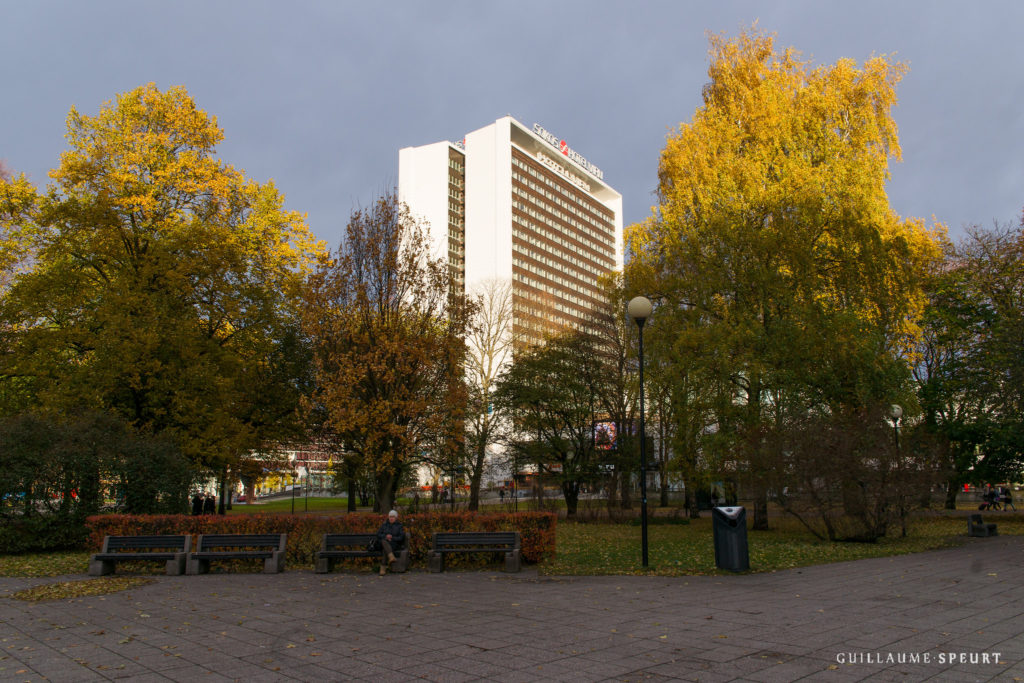
Although the years Estonia was occupied by the Soviet Union were not the best in our history, there are many important tales and lessons to keep in mind for the future. As Estonia develops, we make sure that we leave behind the panel houses, secret services and collective farms, because we have enough of it. However, if you would like to see what it was like, you better hurry. If you are late, you will find modern glass conference halls instead of the Stalinist ideology.

